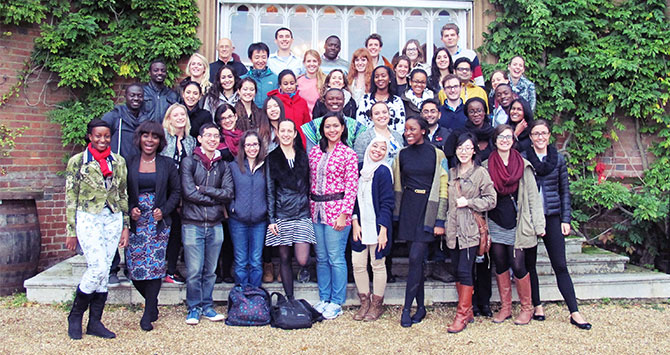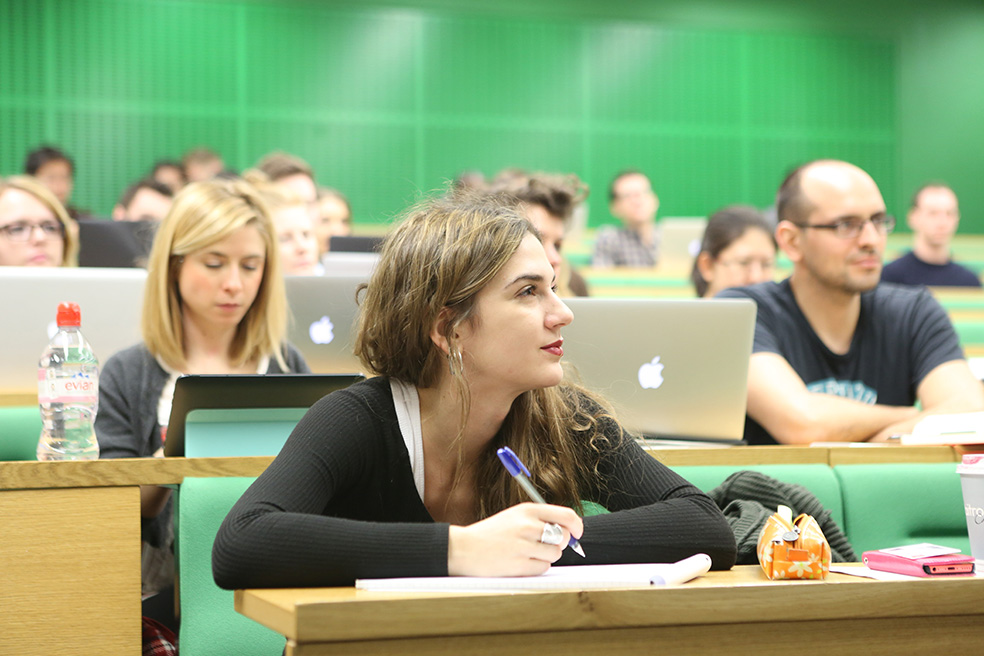A significant determinant of the success or failure of a social protection programme, mainly aimed at reducing the negative impacts of poverty and food security, is the targeting approach for selecting potential beneficiaries. If the project fails to reach the targeted beneficiaries or targets the wrong ones, it will radically reduce the impact expected from the programme. Dina, Daniela and Pablo share their findings from the research they conducted for the World Food Programme, on different targeting approaches, as part of the LSE International Development Consultancy Project.
Part of the World Food Programme’s mandate is working with local governments to achieve the best results in ensuring social protection and food security for the most vulnerable populations. Food insecurity in the Middle East and North Africa (MENA) region is notable, especially in countries with ongoing conflict, economic crises, and shock-prone contexts. It is, therefore, essential to look at the different targeting methodologies, their advantages and disadvantages, their historical outcomes and the lessons learned to propose recommendations for future programmes.
This report was the final product of the student consultancy programme carried out as part of the MSc in International Development and Humanitarian Emergencies at LSE. The World Food Programme requested us to consolidate in-depth research about the pros and cons of different targeting approaches for social assistance in the MENA region and provide policy recommendations that promote better practices to reach the correct number of beneficiaries effectively. After providing a contextual background in systematic literature on the MENA region, the different types of targeting approaches available and their pros and cons, our report analyses three case studies thoroughly (Lebanon, Egypt, and Palestine). This approach allows us to gather lessons from concrete targeting experiences and understand how these methodologies can be changed and improved in future programmes. The final section of our report provides recommendations, including improving existing targeting methodologies, refining them according to local contexts, and enhancing their methods to avoid potential risks, particularly inclusion and exclusion errors.
Key findings of each case study
Lebanon
National Poverty Targeting Programme:
Proxy means-testing (PMT) is not an ideal targeting method due to a lack of updated data, generating exclusion errors. Proxies are also problematic because differences between recipients and non-recipients can be minimal and fluctuant, leading in the most extreme cases to social unrest in a country where 53.1% of the population lives in poverty. Cash-based assistance is not optimal due to high inflation. The currency value is constantly surpassed by prices, ranging from covering 105% of Survival Minimum Expenditure Basket to as low as 26%.
Emergency Social Safety Net Programme:
Combining PMT with categorical targeting outcomes could be more promising, but this is not the case because Emergency Social Safety Net Programme uses the same database as National Poverty Targeting Programme. As poverty is multidimensional, Emergency Social Safety Net Programme focus on multiple vulnerabilities is appropriate. However, cash-based assistance is problematic in an inflationary context.
Egypt
Takaful & Karama:
Application processes are clear but lengthy, and the acceptance criteria are confusing, leading to suspicions about favouritism. Some criteria lead to high exclusion errors of entire social groups associated with specific occupations, particularly those with insurance plans. Adapting the PMT algorithm for each region allows for more precision and flexibility but has also proven cumbersome when families relocate. Both social assistance programs have a unified registry mechanism that could lead to more efficient targeting in the future.
Food Subsidy Programs:
Combining self-targeting with PMT allows for quick application and broad coverage (88,6% of Egyptians) but also leads to some inclusion and exclusion errors for those in the informal sector or possessing non-financial assets.
Palestine
Palestinian National Cash Transfer Programme:
Combining PMT with geographical cluster targeting provides more flexibility, reducing exclusion errors for vulnerable groups like refugees (-27.3%) and people with disabilities (-28,8%).
Keeping the new PMT formula confidential has reduced the possibility of corrupting it. However, it also limits the possibilities of downward accountability and scrutiny by the community.
The new algorithm is highly exclusionary as it currently excludes 4 out of every 10 expected beneficiaries, including 70% of potential beneficiaries in the West Bank.
The geographical cluster targets risks excluding poor households living in non-poor locations.
The new algorithm’s threshold for being a recipient is also exclusionary, as it is calculated with a poverty gap rate 30% lower than the official national one.
Despite being designed to reach 40% of poor households and 80% of the extremely poor, goals have not been met. Only 44% of households facing extreme poverty have benefitted. Notwithstanding that, this targeting approach has reduced poverty by 11.4% and extreme poverty by 20%. However, the census is outdated and might not reflect current poverty situations.
General Recommendations
Programme coverage expansion should be prioritised, followed by tackling exclusion errors. Given the increasing prevalence of PMT in targeting, updating databases is vital. Combining PMT with other targeting approaches like categorical and geographical targeting can increase effectiveness. Targeting formulas should be made simple for recipients to understand them, increasing accountability. There is potential for communities to have a role in feedback and targeting. Rationalisation and coordination of actors involved in aid provision would enhance effectiveness, and collective learning would reduce inconsistencies. In shock contexts, methodologies should have mechanisms to ensure that the targeting methodologies adapt swiftly to the context. In these cases, universal targeting can be quicker, more efficient and equitable.
The aim of the recommendations above was to contribute to the World Food Programme’s wide analysis of the different targeting approaches for social assistance in the MENA region, drawing lessons learned from their pros and cons, and identifying strategies that can improve the impact of social assistance schemes on the most relevant beneficiaries.
The views expressed in this post are those of the author and do not reflect those of the International Development LSE blog or the London School of Economics and Political Science.
Image Credit: WFP/Eman Mohammed via Flickr





